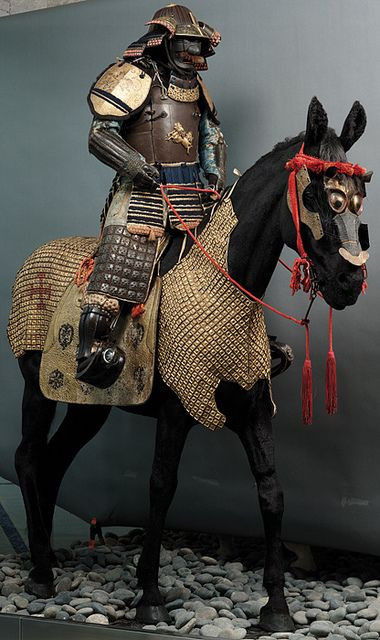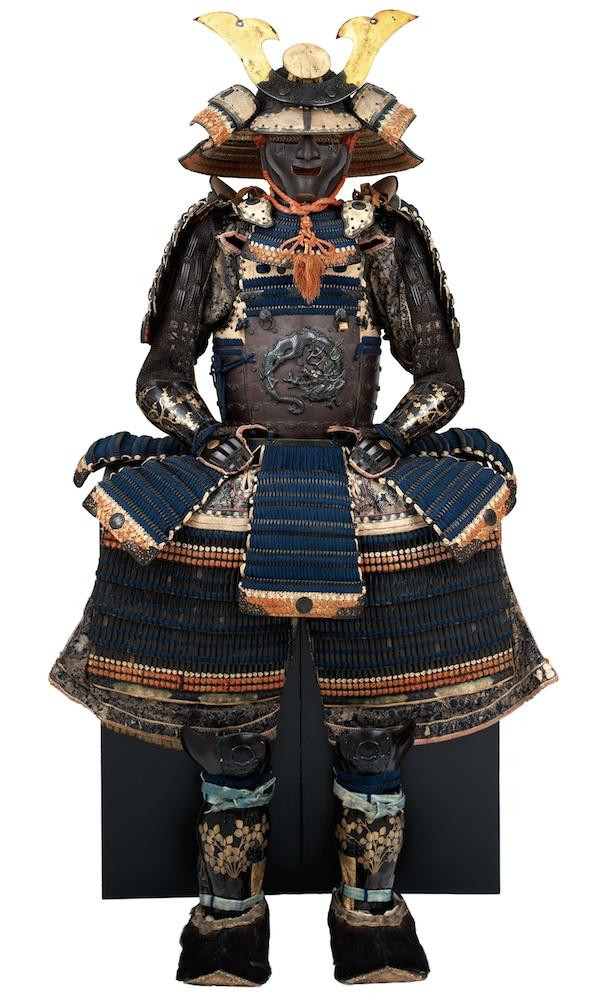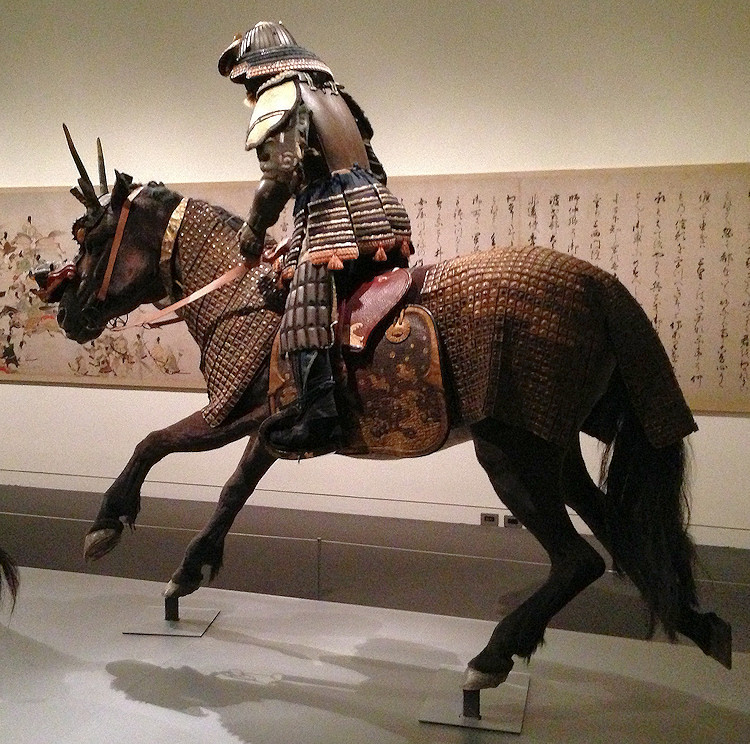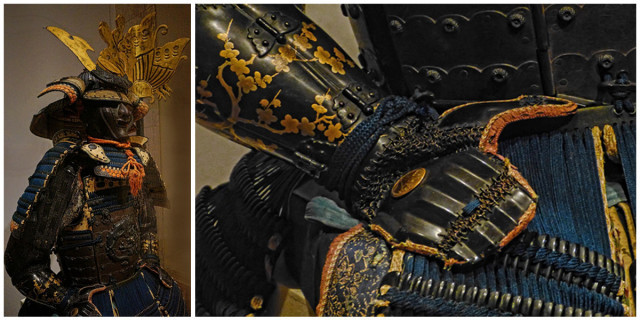The story of Japanese armor is one of constant innovation and artistry, spanning centuries of warfare and cultural development. From its origins in ancient China and Korea to its pinnacle during the samurai era, Japanese armor evolved into a perfect fusion of form and function. In this blog post, we’ll explore the fascinating history and evolution of Japan’s warrior attire, uncovering the intricate craftsmanship and cultural significance behind these remarkable artifacts.
Early Beginnings
As early as the 4th century CE, Japanese craftsmen were producing some of the earliest forms of armor. The tankō, worn by foot soldiers, and the keikō, favored by horsemen, were among the first iterations of protective gear in Japan. These primitive designs, constructed from iron plates bound by leather thongs, laid the foundation for the elaborate armor that would follow in the centuries to come.

Materials and Craftsmanship
The creation of Japanese armor required a diverse array of materials and skills. Iron formed the core of the armor, providing the necessary strength and durability. However, it was the addition of other materials, such as leather, brocade, and precious metals, that truly elevated these suits of armor to works of art.

Noble families often commissioned the production of silk cords in unique patterns and colors, sometimes taking months to complete a single suit. This attention to detail and artistic expression was a hallmark of Japanese armor, blending practicality with unparalleled beauty.
Iconic Styles and Artistic Expression
As Japanese armor evolved, several distinct styles emerged, each with its own unique features and artistic flourishes. Two of the most iconic and visually striking examples are the Yokohagidō and Tatehagidō armors.
The Yokohagidō Armor

The Yokohagidō style is a prime example of the fusion of function and aesthetics in Japanese armor. Its shakudō cuirass, made from a copper-gold alloy, featured an intricate coiled dragon design. With gold-lacquered plant motifs adorning the sleeves and hand guards, and an elaborate helmet crest, this armor was as much a statement of artistic prowess as it was battle gear.
The Tatehagidō Armor

Mounted samurai often wore the imposing Tatehagidō armor. Its most distinctive feature was a horned dragon mask that adorned the horse, creating a fearsome sight on the battlefield. This armor not only protected the warrior but also instilled a sense of awe and intimidation in their opponents.
The Artistry Behind the Armor
Japanese armorers were more than just blacksmiths; they were artists in their own right. Lacquering techniques not only protected the armor from Japan’s harsh climate but also allowed for vibrant colors and patterns. The creation of kusari (chain mail) showcased incredible skill, with thousands of tiny rings interconnected to form flexible, protective layers.

These artisans understood that the armor they created was not just a functional tool but a reflection of the wearer’s status, skill, and cultural heritage. Each suit of armor was a masterpiece, a testament to the dedication and craftsmanship of the Japanese armorer.
A Cultural Legacy
The suits of armor, along with their accompanying helmets, masks, and weapons, transcended their practical purpose to become highly valued works of art. Today, they are prized possessions in museums and private collections worldwide, serving as a testament to the samurai’s appreciation for both functionality and aesthetics.
The evolution of Japanese armor mirrors the rich cultural heritage of the samurai tradition. From simple iron and leather designs to ornate and complex styles, these masterpieces combined practicality with unparalleled beauty. As we admire these remarkable artifacts today, we honor not only the skilled craftsmen who created them but also the warriors who wore them.

Conclusion
The legacy of Japanese armor continues to captivate global audiences, preserving the unique martial tradition and artistic excellence of Japan’s storied past. These suits of armor stand as a testament to the ingenuity, skill, and cultural significance of the Japanese people. By exploring the evolution of warrior attire, we gain a deeper appreciation for the artistry, craftsmanship, and enduring legacy of this remarkable aspect of Japanese history.
